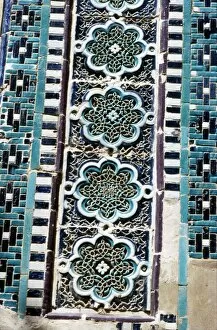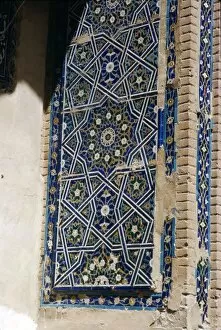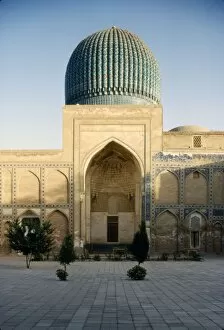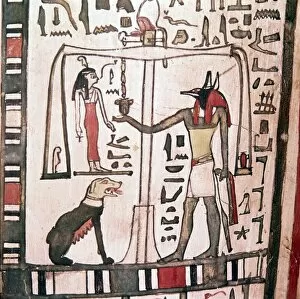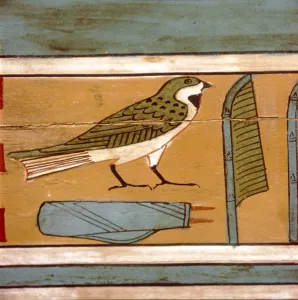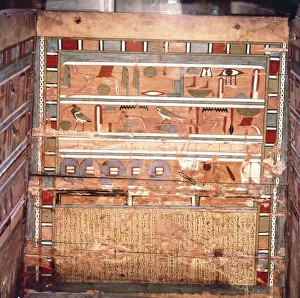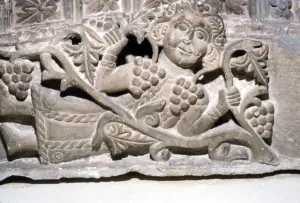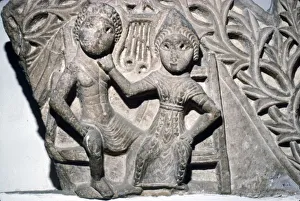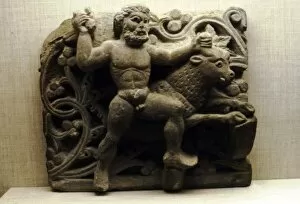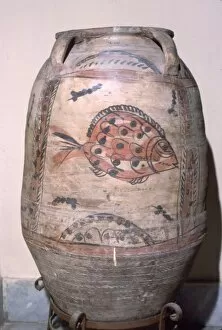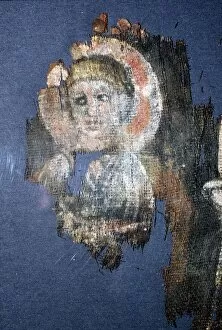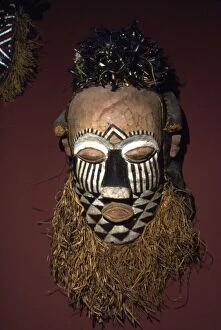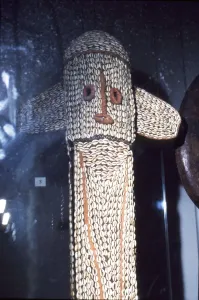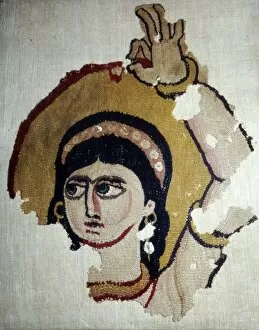Mike Dixon Collection (page 9)
"Mike Dixon: A Journey Through Time and Artistic Marvels" Step into the world of Mike Dixon, a connoisseur of art from various eras and cultures
All Professionally Made to Order for Quick Shipping
"Mike Dixon: A Journey Through Time and Artistic Marvels" Step into the world of Mike Dixon, a connoisseur of art from various eras and cultures. From Greek vase paintings depicting the legendary bond between Achilles and Patroclus to CM Dixon's captivating portrayal of Union Street in Aberdeen during the 1960s, his collection is an eclectic mix that transcends time. One cannot help but be mesmerized by The Blue Bird fresco from Knossos, dating back to the 17th-14th century BC. Its vibrant colors and intricate details transport us to ancient Crete, while an ivory mask from Benin, Nigeria evokes awe as it once adorned the Oba of Benin on ceremonial occasions. Among his treasures lies the Horse of Selene from the Parthenon, a symbol of divine beauty captured in marble. And let us not forget Hercules Brings Cerberus to Eurystheus; this c6th century BC masterpiece showcases strength intertwined with wisdom through Hermes and Athena's presence. Intriguingly contrasting these classical pieces is a Roman mosaic featuring man's best friend - a dog immortalized in stone during the 1st century. Meanwhile, a painting portraying a princess engrossed in melodies performed by female musicians transports us to distant lands where music knows no boundaries. Dixon's collection also includes snapshots frozen in time such as Barges in the Pool of London captured by CM Dixon himself in 1962. Tower Bridge stands tall against River Thames' gentle flow as history unfolds before our eyes. Marvel at Hercules taming Cerberus sculpted meticulously into stone or lose yourself amidst Kuan-Yin's serene countenance embodied within a Chinese statuette dating back to the 12th century. Each piece tells its own story – tales woven across continents and centuries.



